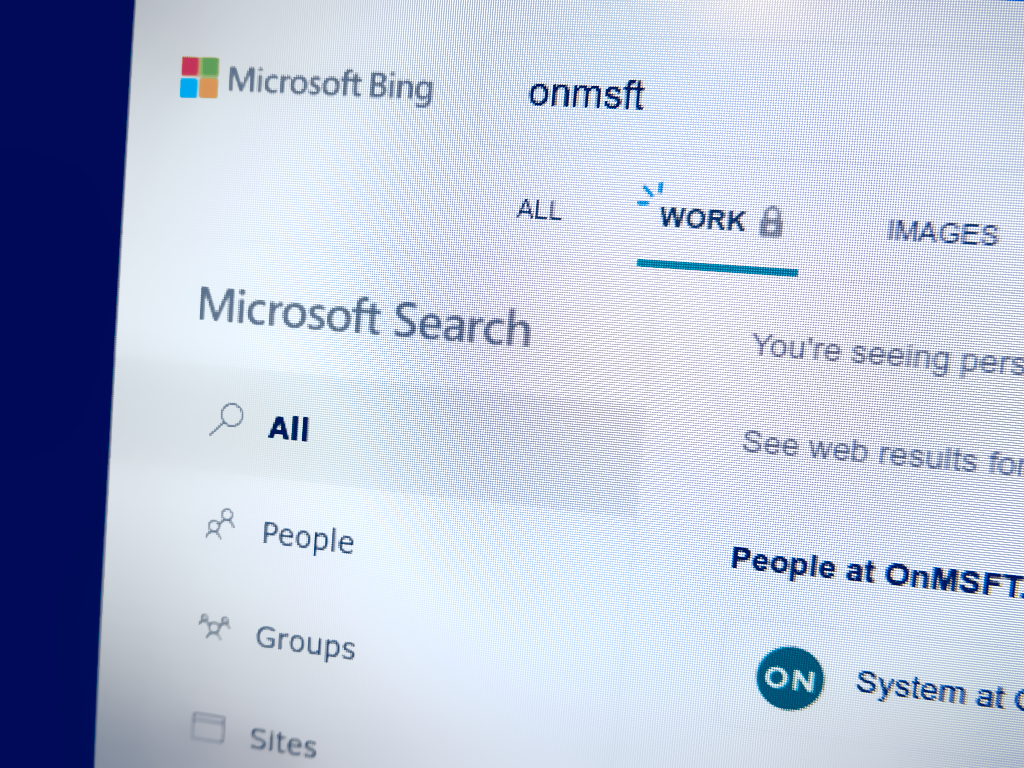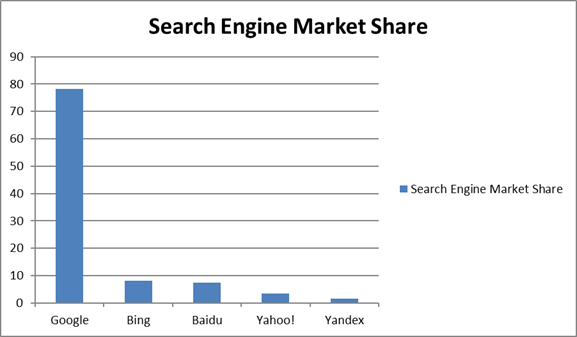If you’re like most business owners, you want to understand your customer better. And to do that, you need to know what they’re doing on the web. Luckily, Bing.com Traffic Analytics can help you do just that.
By tracking your website’s traffic and analyzing it using Bing’s powerful search engine, you can see how people are searching for your products and services, and even what keywords are driving them to your site. By understanding your market share and the keywords that are driving traffic to your site, you can improve your marketing efforts and make more money. So why wait? Sign up for Bing Traffic Analytics today!
What is Bing?

Bing is a search engine developed by Microsoft. The company announced on November 15, 2009, that it had acquired the web search engine Google’s search technology, user data, and web hosting services for an undisclosed amount. Bing became the default search engine on Windows 8 in 2012.
According to StatCounter, as of February 2016, Bing was the third most popular global search engine with 18% of all internet searches. As of March 2017, its market share had increased to 24%.
Also Read: The 5 Best Alternatives to Boosty 2022
How Bing Uses Traffic Analytics

Bing uses traffic analytics to understand where its users are coming from and what they’re interested in. This data helps the search engine optimize its search results, providing users with the most relevant information. Additionally, Bing can use this information to target ads and create more engaging content for users.
One way Bing monitors traffic is by tracking how often different keywords are used. The company then uses this data to determine which keywords are most popular and should appear higher in a user’s search results. By ranking these keywords higher, Bing can attract more users who are looking for those specific terms.
In addition to tracking keyword usage, Bing also tracks how long users stay on a page and what pages they visit after clicking on a link from a search result. By understanding which pages are being visited, the company can develop better content recommendations and improve the user experience overall.
Also Read: Top Touch Of Modern Competitors and Alternatives
Bing’s Competitors in the Search Engine Market

Since its inception in 1998, Microsoft’s Bing search engine has been a mainstay in the online search market. However, over the last several years, Google has emerged as the dominant player in this space. In fact, according to eMarketer, Google captured more than 60% of the U.S. search engine market share in 2017. This dominance has forced many other companies – including Bing – to compete on a more even footing.
One way that Bing is attempting to compete is by expanding its search capabilities beyond just web content. For example, Bing also offers searches for images, videos, and local businesses. Additionally, Bing recently launched a slew of new features designed to make it easier for users to find what they’re looking for. Some of these features include:
– A “nearby” feature that promotes nearby businesses with reviews and ratings from other customers
– An “explore” tab that allows users to explore different topics or industries
– A “related searches” feature that recommends similar searches based on user activity
Also Read: Top Similar Websites Like Usethinkscript.Com and Alternatives
Bing’s Ad Strategy

With over 1 trillion active web pages and over 500 million monthly visitors, Bing is one of the most popular search engines on the internet. In this article, we will take a look at how Bing uses traffic analytics and market share data to optimize their ad strategy.
Bing has long been known for its user-friendly search engine. As a result, they generate a large amount of traffic from searches. To see how Bing uses traffic analytics and market share data to optimize their ad strategy, we’ll first explore how they calculate these metrics.
Bing uses two primary ways of measuring their traffic: daily unique visitors (DUVs) and monthly active users (MAUs). DUVs are calculated by taking the total number of visits from each day and multiplying it by 24 hours. MAUs are calculated by counting the total number of active accounts on Bing at any given moment in time. Both of these numbers provide valuable insight into how people are using Bing and what interests them.
From this data, Bing can identify which ads are performing well and which ones need improvement. For example, if they see that ads are getting clicks but not conversions, they may decide to adjust their targeting or promotion strategies to improve results. Additionally, by tracking market share data, Bing can see where their competitors rank and make adjustments accordingly. This allows them to stay ahead of the competition and ensure that their ads reach as many people as possible.
Also Read: Top 77 Similar Websites Like abcya.Com and Alternatives
Conclusion
In this article, we will be taking a look at bing.com’s Traffic Analytics and Market Share to gain an understanding of the site’s traffic and how it is performing relative to its competitors. By understanding these metrics, we can begin to formulate strategies for increasing our website’s exposure and potential revenue sources.



Comments are closed.